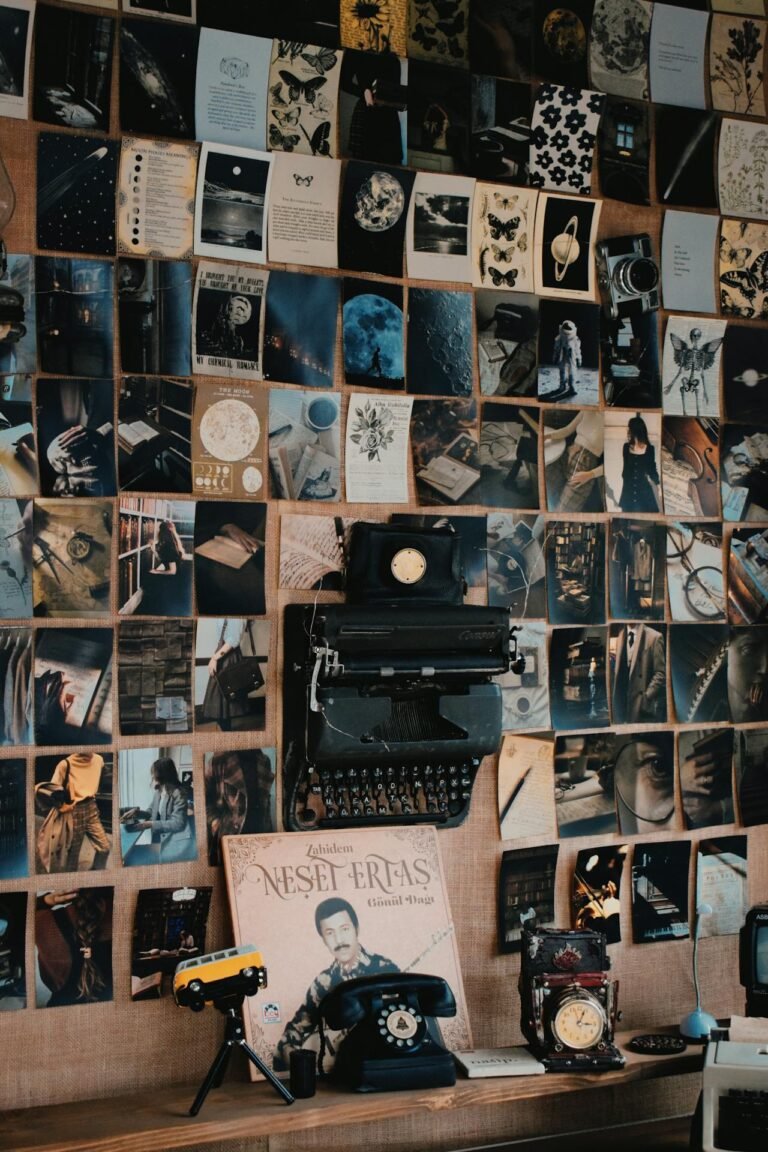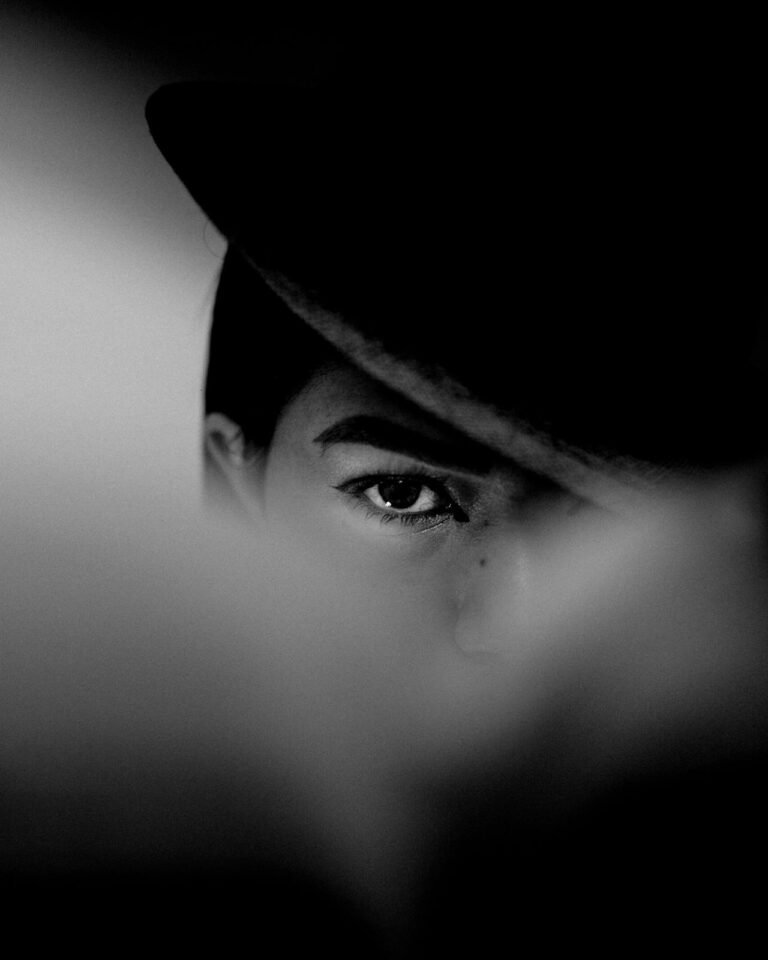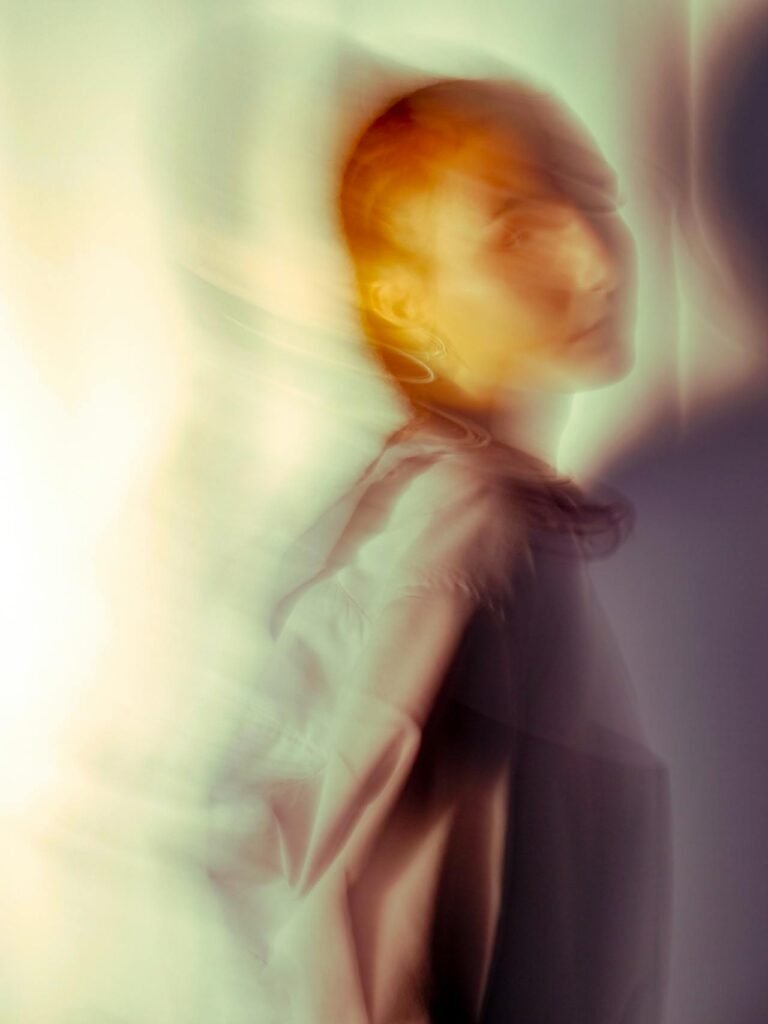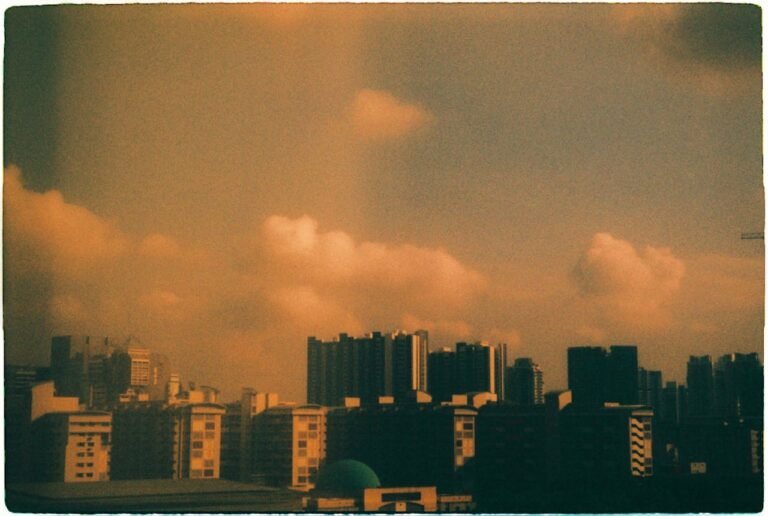7 Overlay Filter Techniques to Blend Effects Like a Pro
When it comes to photo editing, overlay filters are among the most powerful tools in a designer’s arsenal. By layering effects, textures, or colors over an original image, overlay filters can drastically enhance mood, tone, and depth — often with just a few clicks. Whether you’re creating social media content, enhancing a product shot, or crafting digital artwork, mastering overlay filter techniques is key to achieving professional-grade results.
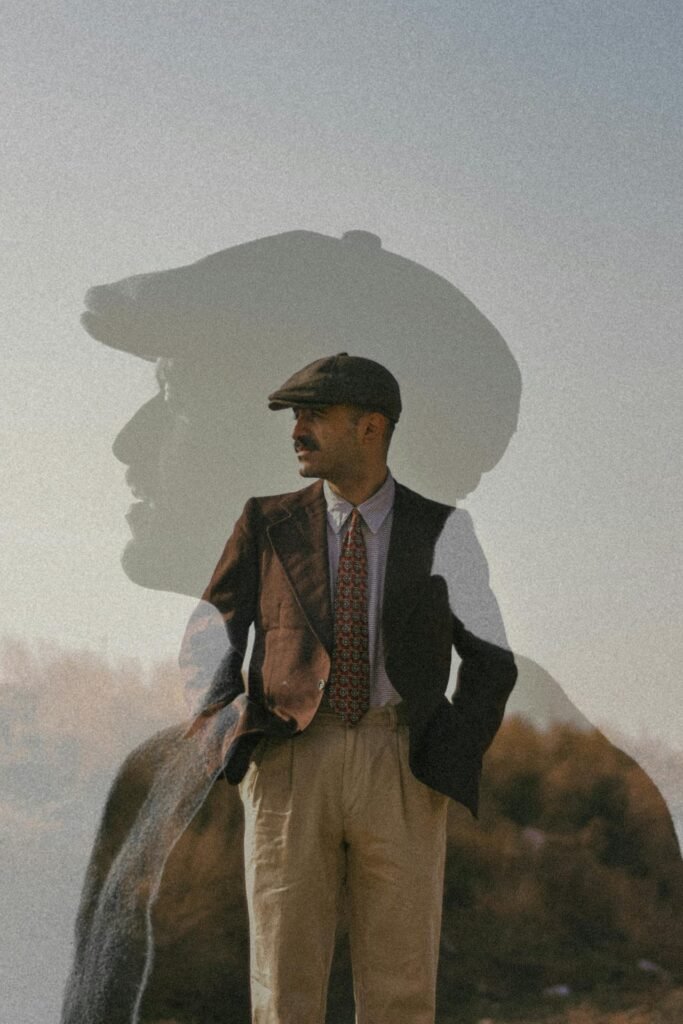
In this guide, you’ll uncover 7 tried-and-tested overlay filter techniques that can elevate your images from good to jaw-dropping. From subtle enhancements to bold blends, these methods will help you combine elements like a true visual artist.
1. Gradient Overlay for Depth and Atmosphere
A gradient overlay adds a smooth transition of colors across your image, helping set a specific mood or direct viewer attention. Common uses include sunset overlays, moody gradients for portraits, and cinematic fades.
Pro Tip: Adjust the gradient’s angle and opacity to match your image’s lighting direction and mood.
Tools to Try: Photoshop, Canva, Pixlr, and Pixfav’s Overlay Tool.
2. Texture Overlay for Tactile Feel
Want to add a gritty, vintage, or organic look? Texture overlays simulate materials like paper, dust, fabric, or grunge. They’re ideal for making digital work feel hand-crafted.
Designer Insight: Blend using “Multiply” or “Overlay” blend modes for a natural appearance.
Best Uses: Posters, album covers, typography backgrounds.
3. Light-Leak Overlay for Retro Charm
Mimic old film cameras with light-leak overlays. These flares of color imitate lens or film burn, adding a warm, nostalgic vibe.
Pro Tip: Use them sparingly, and place leaks near edges to avoid overpowering the subject.
Perfect For: Portraits, travel shots, lifestyle imagery.
4. Color Overlay for Mood Control
Applying a solid color overlay and tweaking its opacity can drastically change the emotional tone of an image. Use warm colors for vibrance and cool tones for calmness.
Hack: Pair with grayscale images for a striking duotone effect.
Popular Uses: Branding, fashion campaigns, landing page hero images.
5. Pattern Overlay for Artistic Depth
Overlays aren’t limited to light and color—you can apply patterns like dots, stripes, grids, or abstract designs. These add a modern or graphic touch that’s great for digital content.
Pro Tip: Reduce pattern scale for subtlety, or enlarge for bold statements.
Recommended For: Blog headers, social media banners, website elements.
6. Double Exposure Overlay for Storytelling
Combine two images to tell a richer story. The base image sets the scene, while the overlay adds symbolic or contextual meaning. Control blend modes and masking for pro results.
Example: Blend a portrait with a cityscape to express personality or theme.
Software Suggestions: Photoshop, Snapseed, Pixfav Overlay Tool.
7. Bokeh Overlay for Magical Highlights
Bokeh overlays scatter out-of-focus light spots across your image, simulating dreamy, high-end photography. They’re great for adding romance or luxury vibes.
Designer Tip: Match bokeh color to your subject’s lighting for cohesion.
Use Cases: Wedding photos, holiday cards, product photography.
Comparison Table: Overlay Filter Techniques At a Glance
| Technique | Effect Type | Ideal Use Case | Best Tool |
|---|---|---|---|
| Gradient Overlay | Mood/Atmosphere | Cinematic shots, portraits | Photoshop, Pixfav |
| Texture Overlay | Vintage/Grunge | Posters, designs, illustrations | Canva, Pixlr |
| Light-Leak Overlay | Retro Nostalgia | Lifestyle, travel, fashion | Snapseed, Pixfav |
| Color Overlay | Emotional Tone | Brand visuals, web banners | Photoshop, Canva |
| Pattern Overlay | Artistic/Modern | Blogs, social, branding | Figma, Pixfav |
| Double Exposure Overlay | Symbolic Blend | Portraits, editorials | Photoshop, Snapseed |
| Bokeh Overlay | Luxury/Dreamy | Weddings, promos, celebrations | Lightroom, Pixfav |
FAQs About Overlay Filter Techniques
1. What is an overlay filter in photo editing?
An overlay filter is a layer or effect placed over your original image to enhance mood, tone, or texture. It can be a gradient, texture, color, or pattern.
2. Can I use overlay filters on mobile?
Yes! Apps like Snapseed, Lightroom Mobile, and Pixfav’s tools make it easy to apply professional overlays from your phone.
3. Are overlay filters destructive to the original photo?
Not if you work with layers or use non-destructive apps. You can always revert to the original.
4. How do I avoid overdoing overlay filters?
Use opacity adjustments and layer masks. Less is often more—your subject should still remain the focal point.
5. Can overlay filters be used for branding?
Absolutely. Consistent use of overlays can become part of your brand identity, especially with color or pattern filters.
6. Where can I find free overlay filter resources?
Pixfav offers a wide range of free overlay tools and downloadable filters for quick application.
7. What blend modes work best for overlays?
“Overlay,” “Multiply,” and “Screen” are the most commonly used. Try experimenting based on your image type.
Conclusion
Mastering overlay filter techniques isn’t just about making your photos look pretty—it’s about storytelling, branding, and crafting a visual signature. Whether you’re a beginner or seasoned designer, these 7 methods will help you blend like a pro. With just a few tweaks and layers, you can control mood, emphasize subjects, and create scroll-stopping images that capture attention.
Try This Tool: Pixfav’s Free Overlay Filter Tool
Ready to experiment with overlays? Try the free Overlay Filter Tool on Pixfav. It’s fast, beginner-friendly, and delivers pro-level results without any design software. Perfect for creators looking to enhance their visuals effortlessly.

